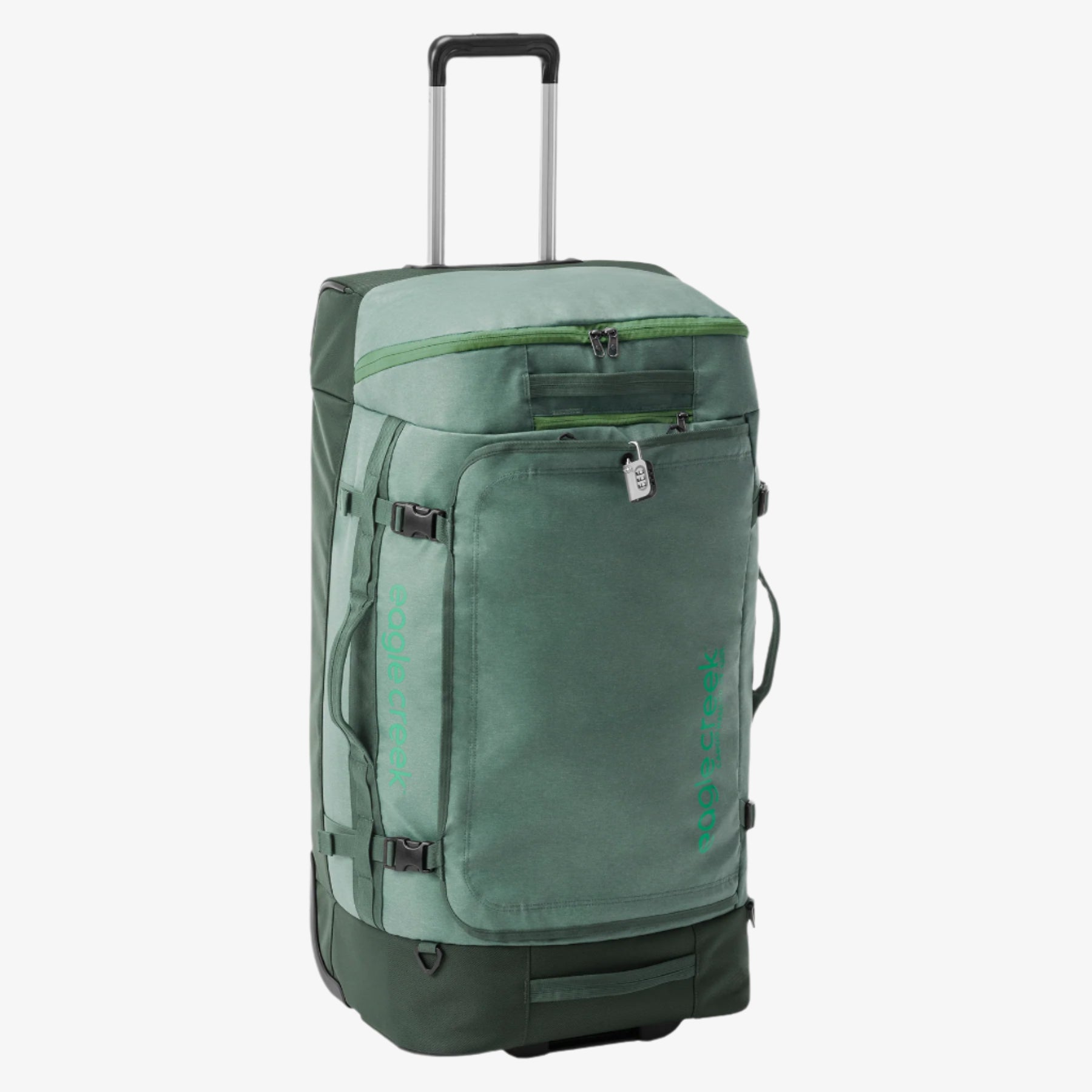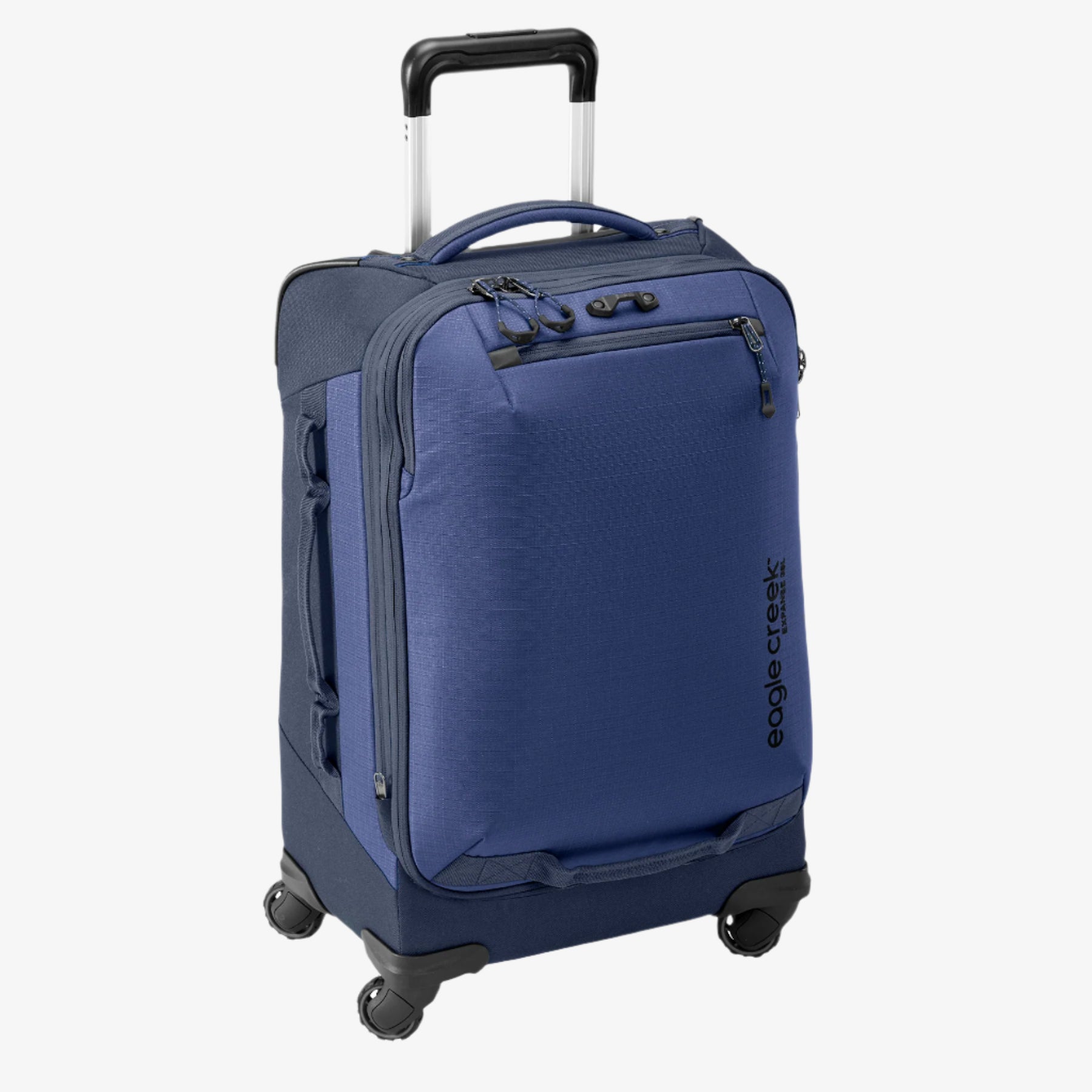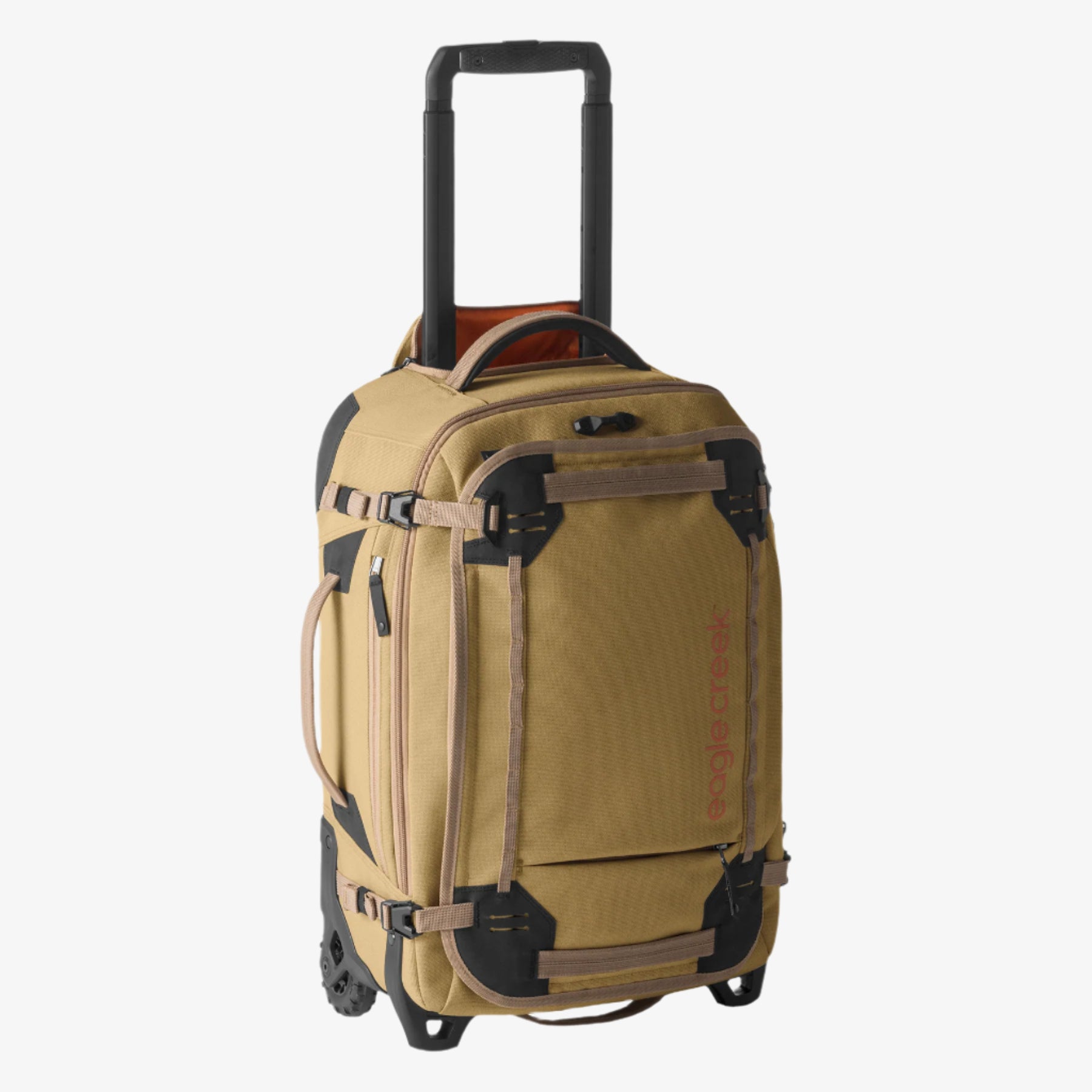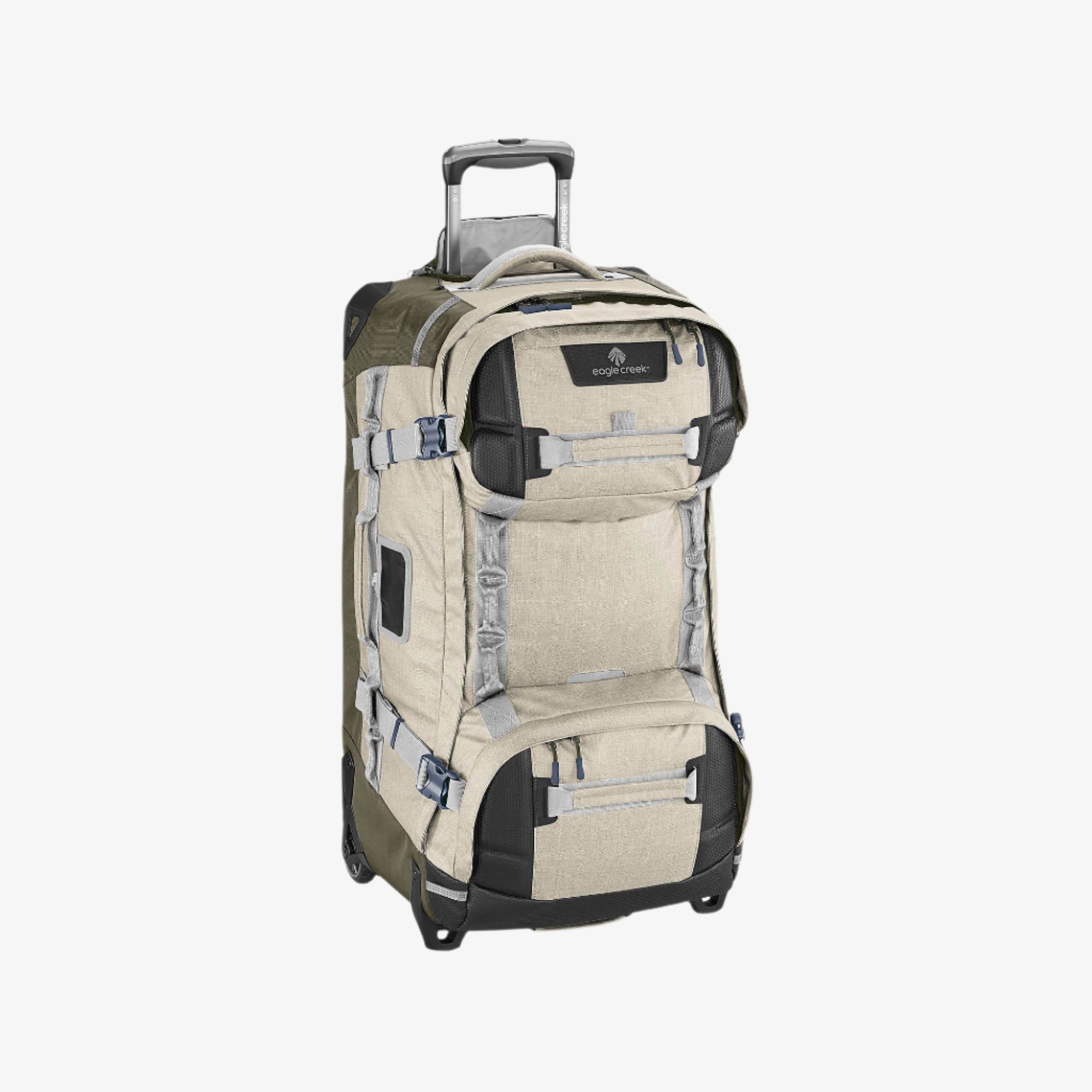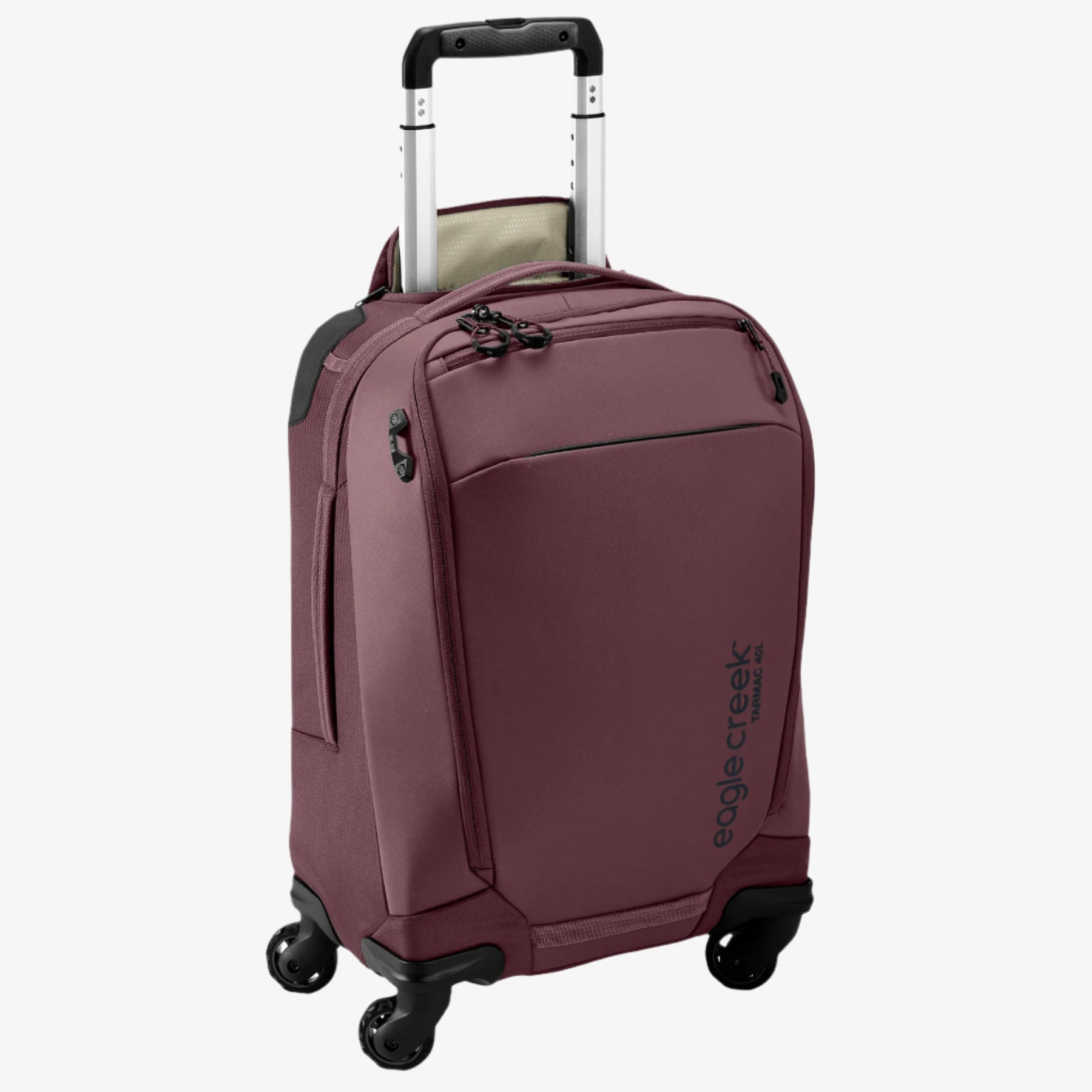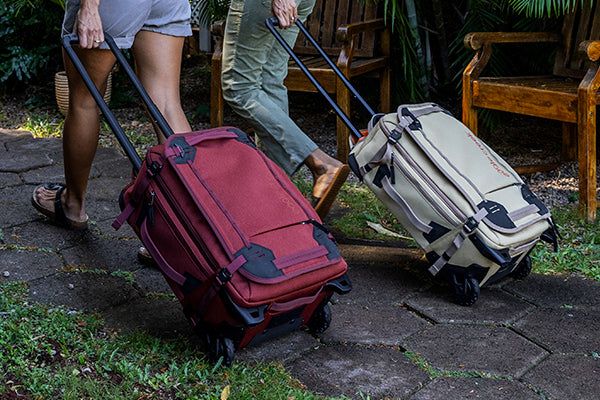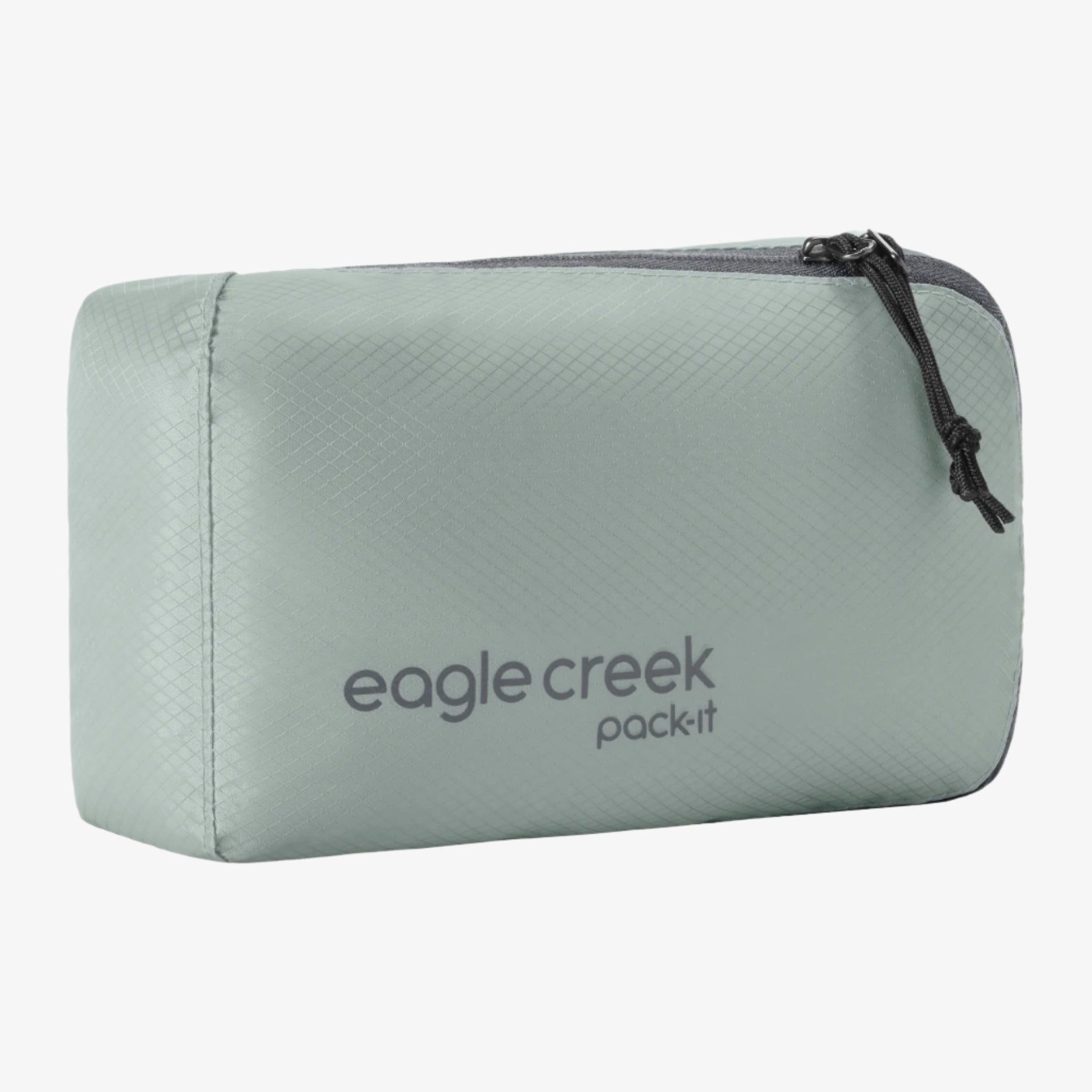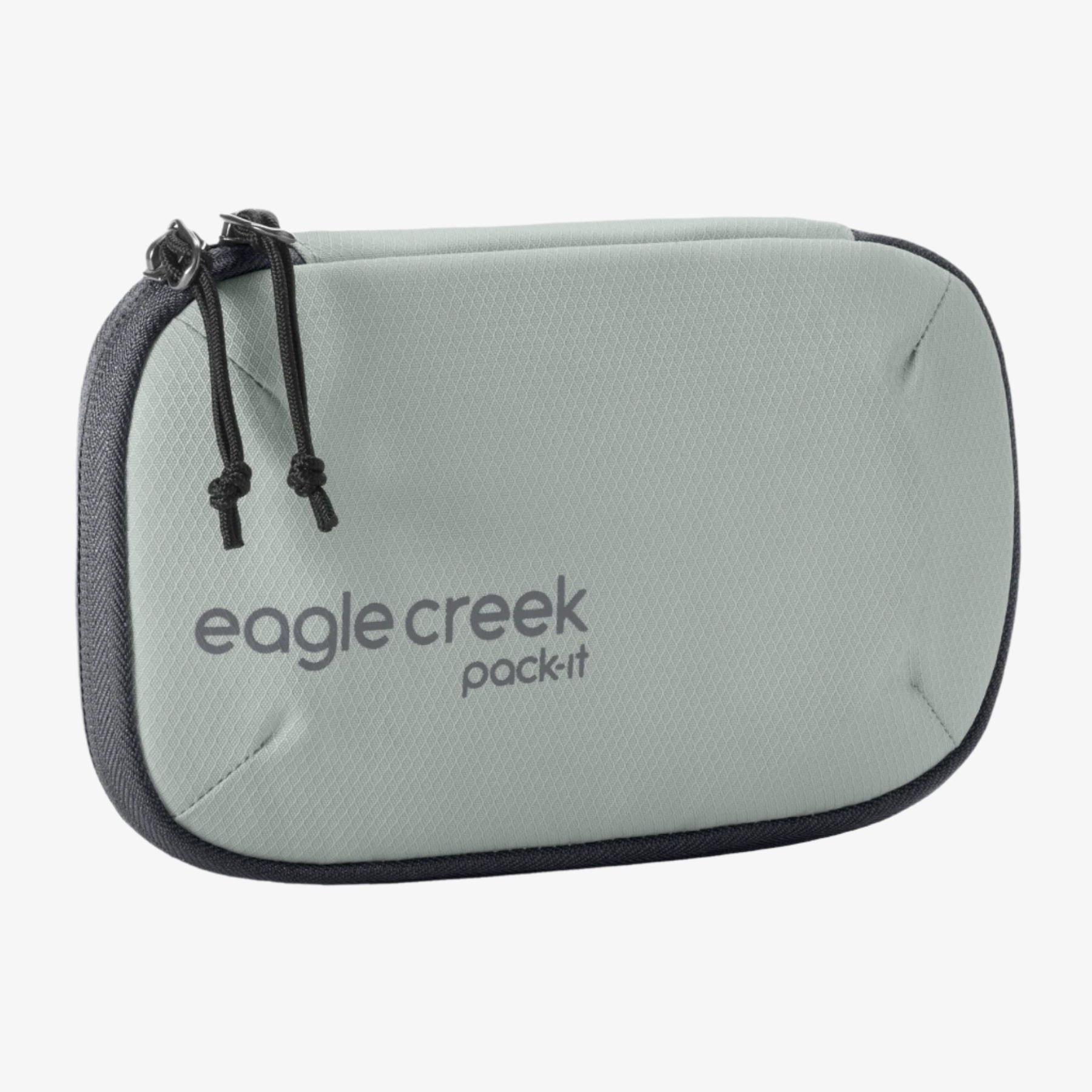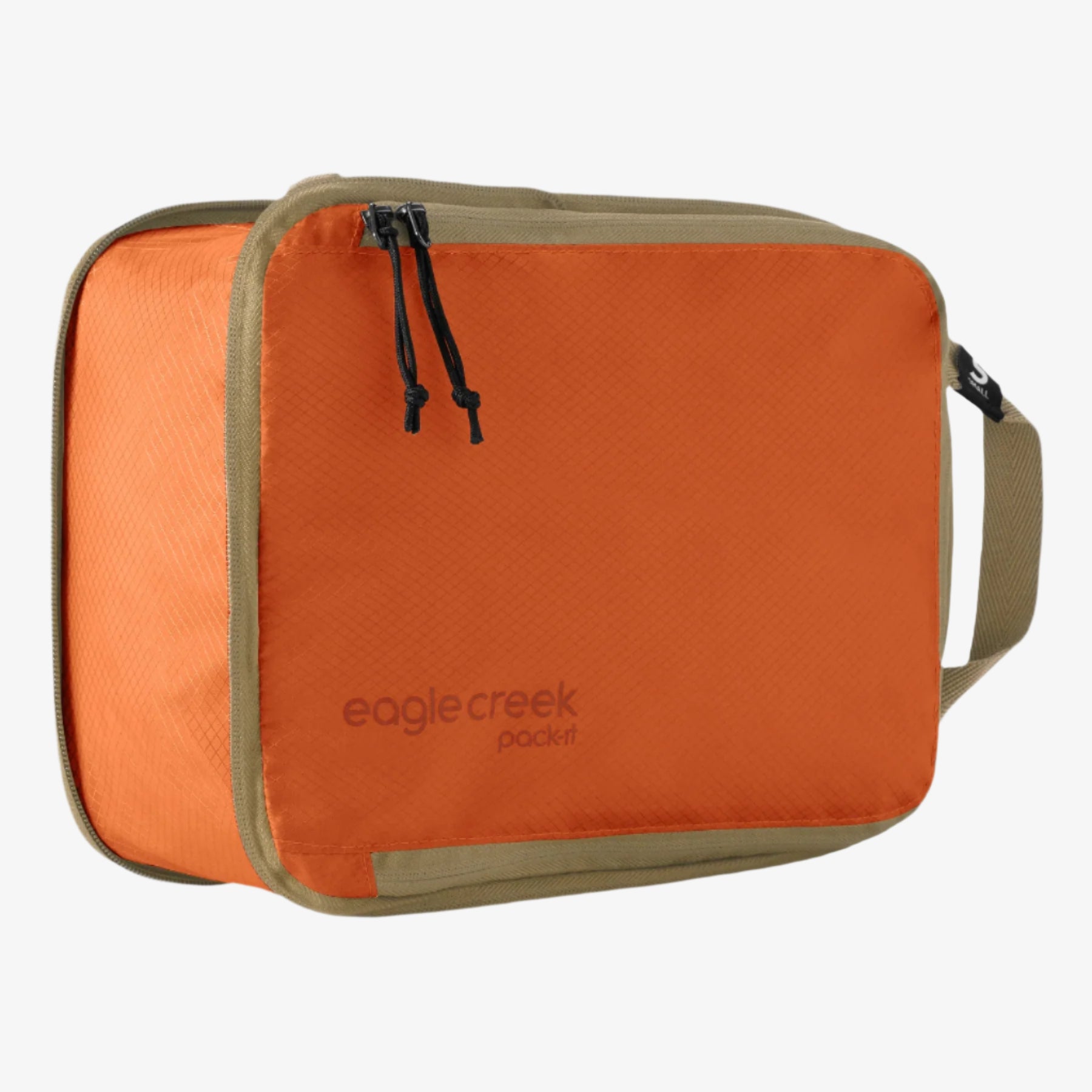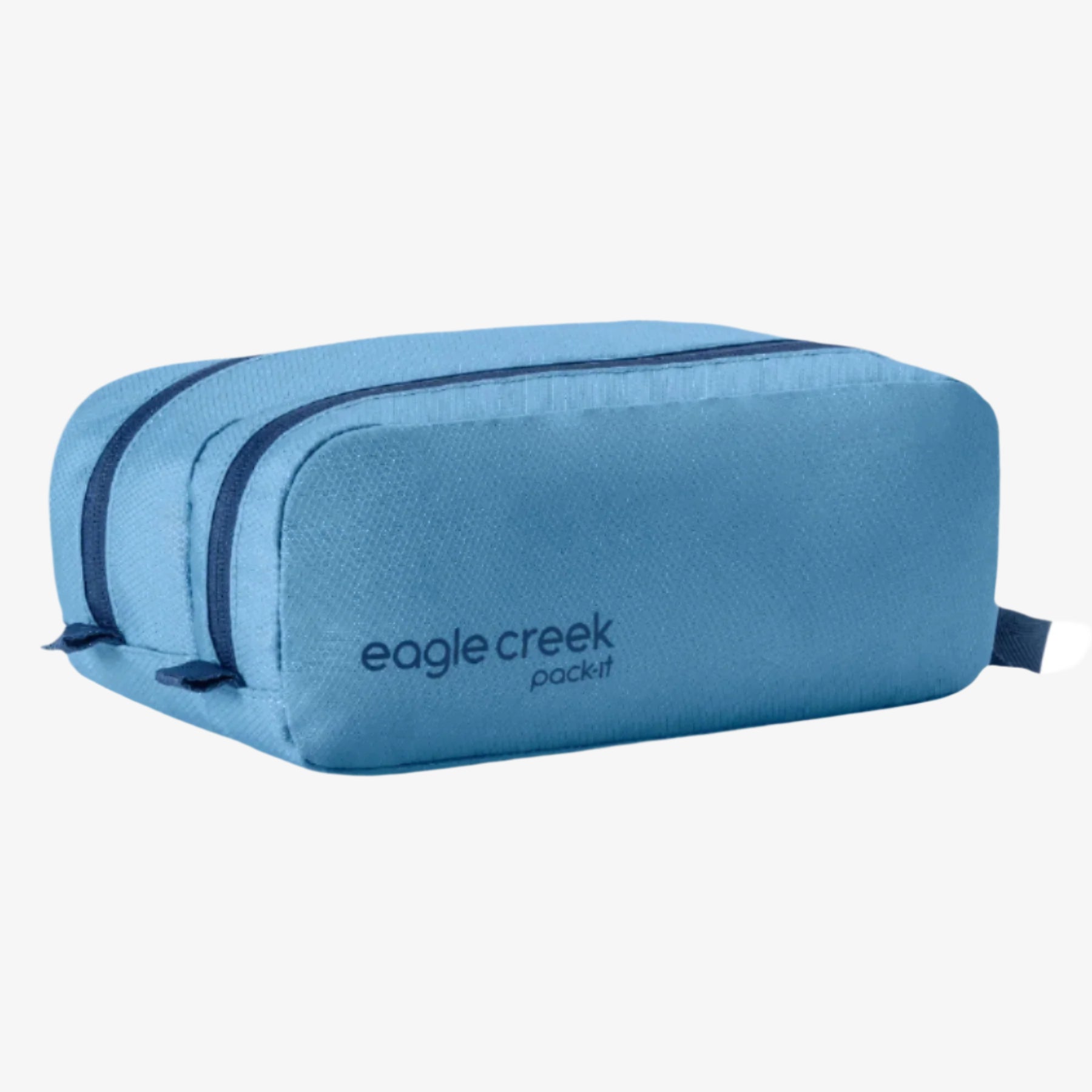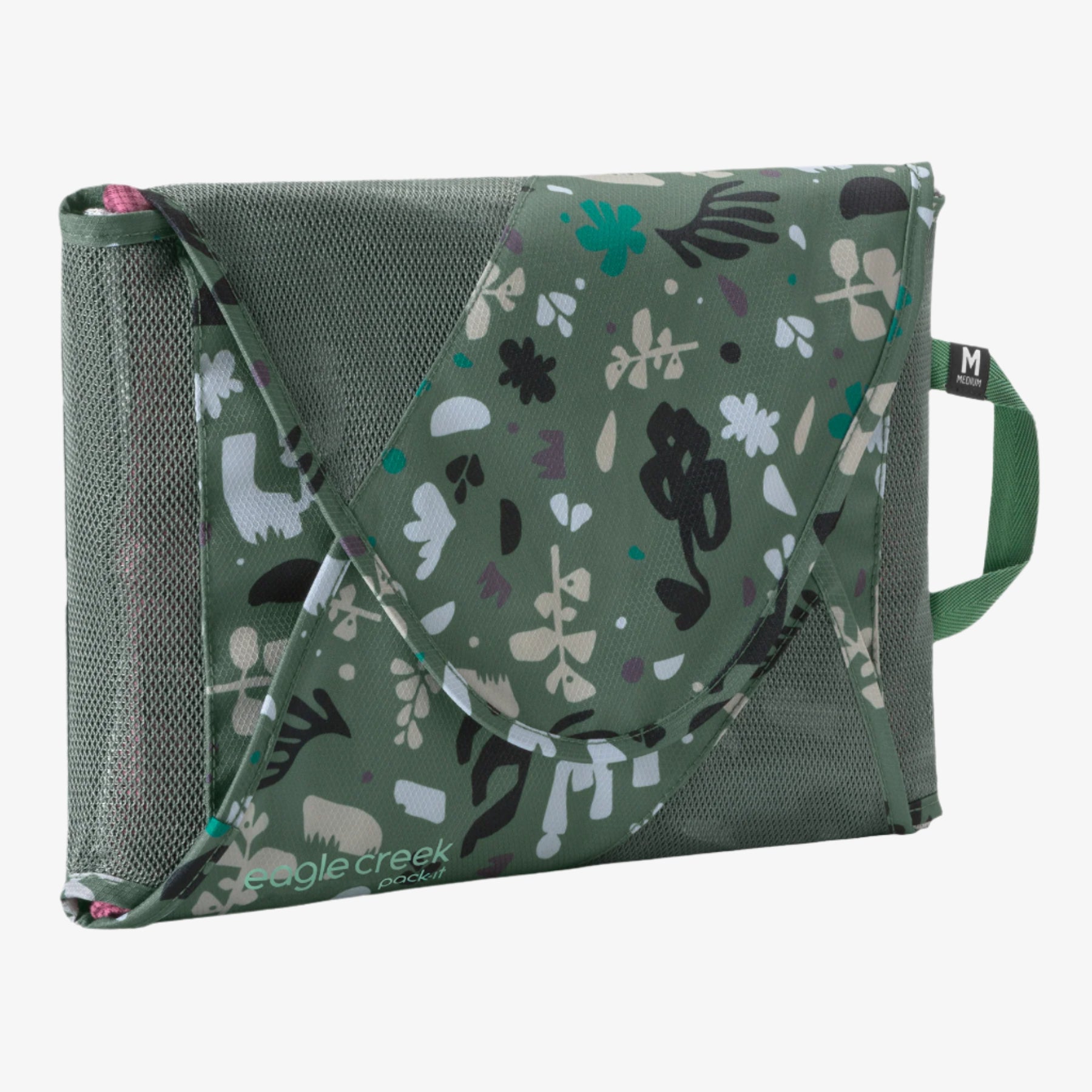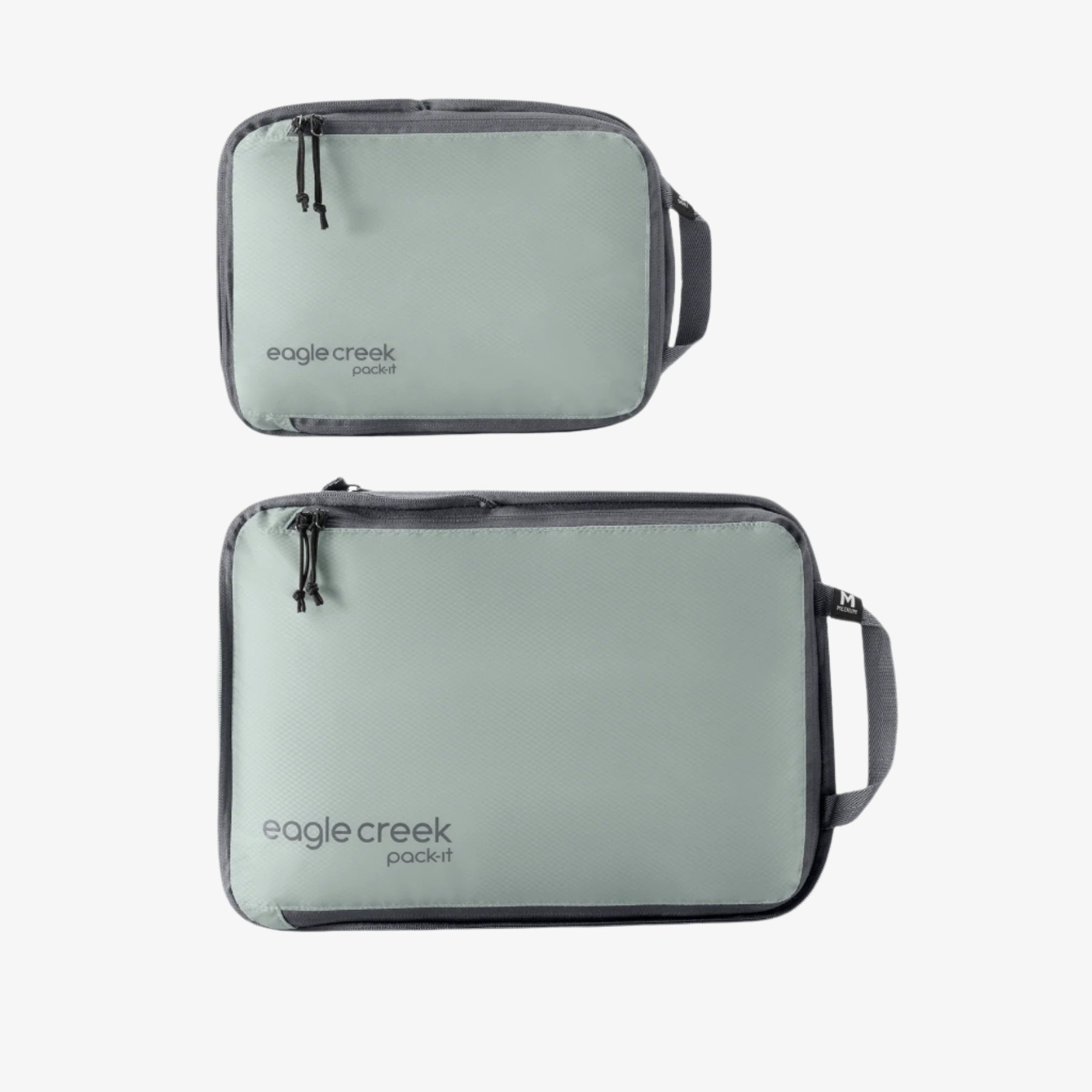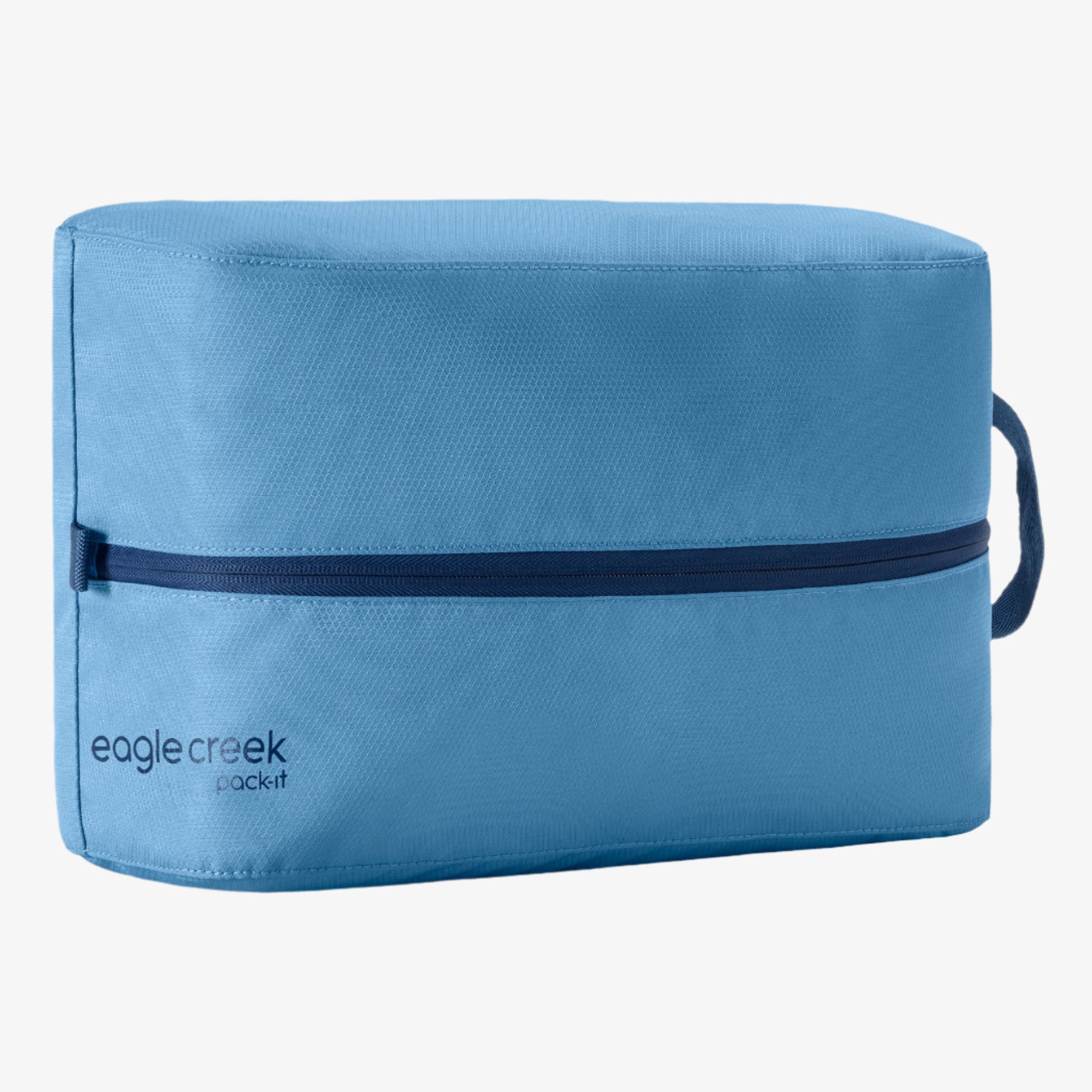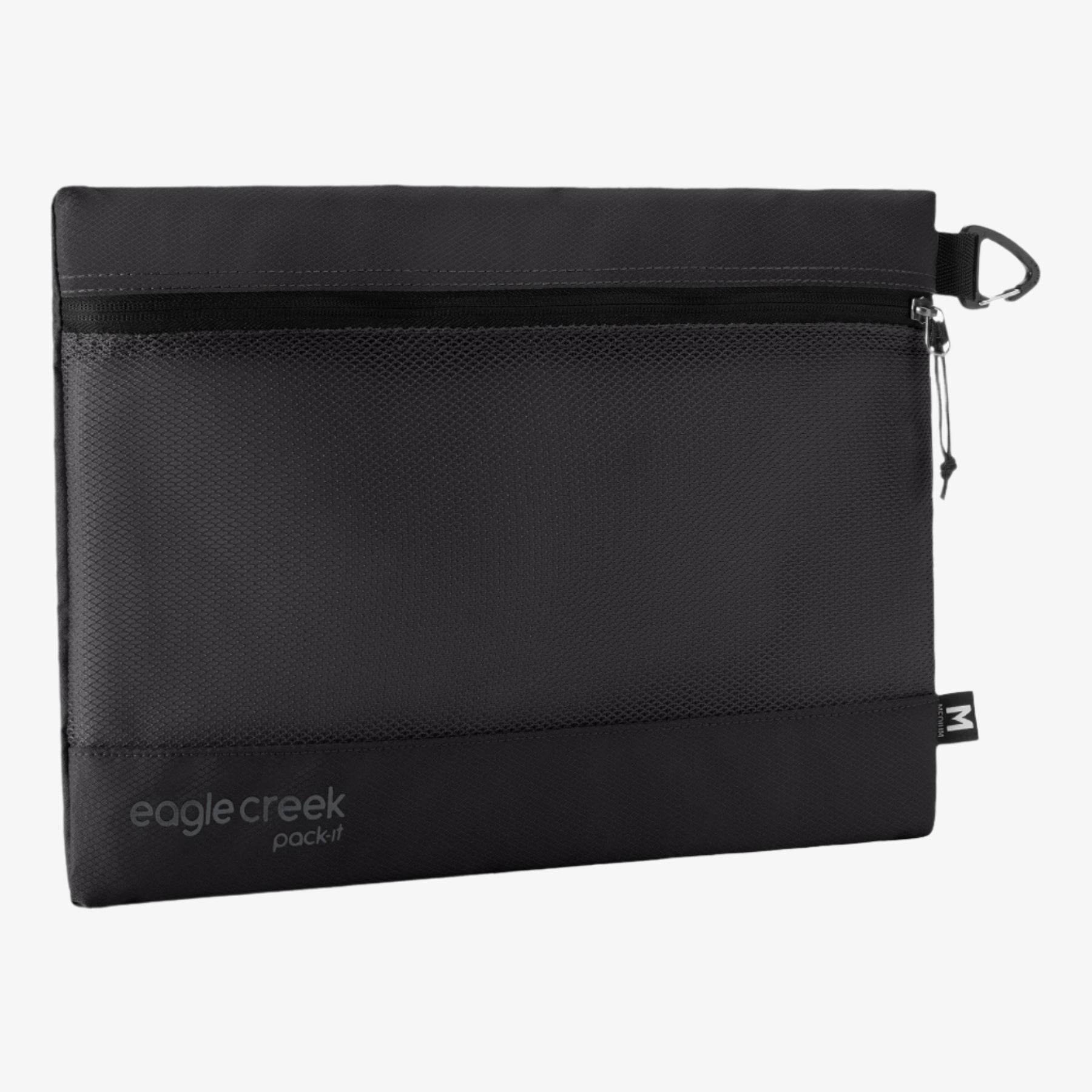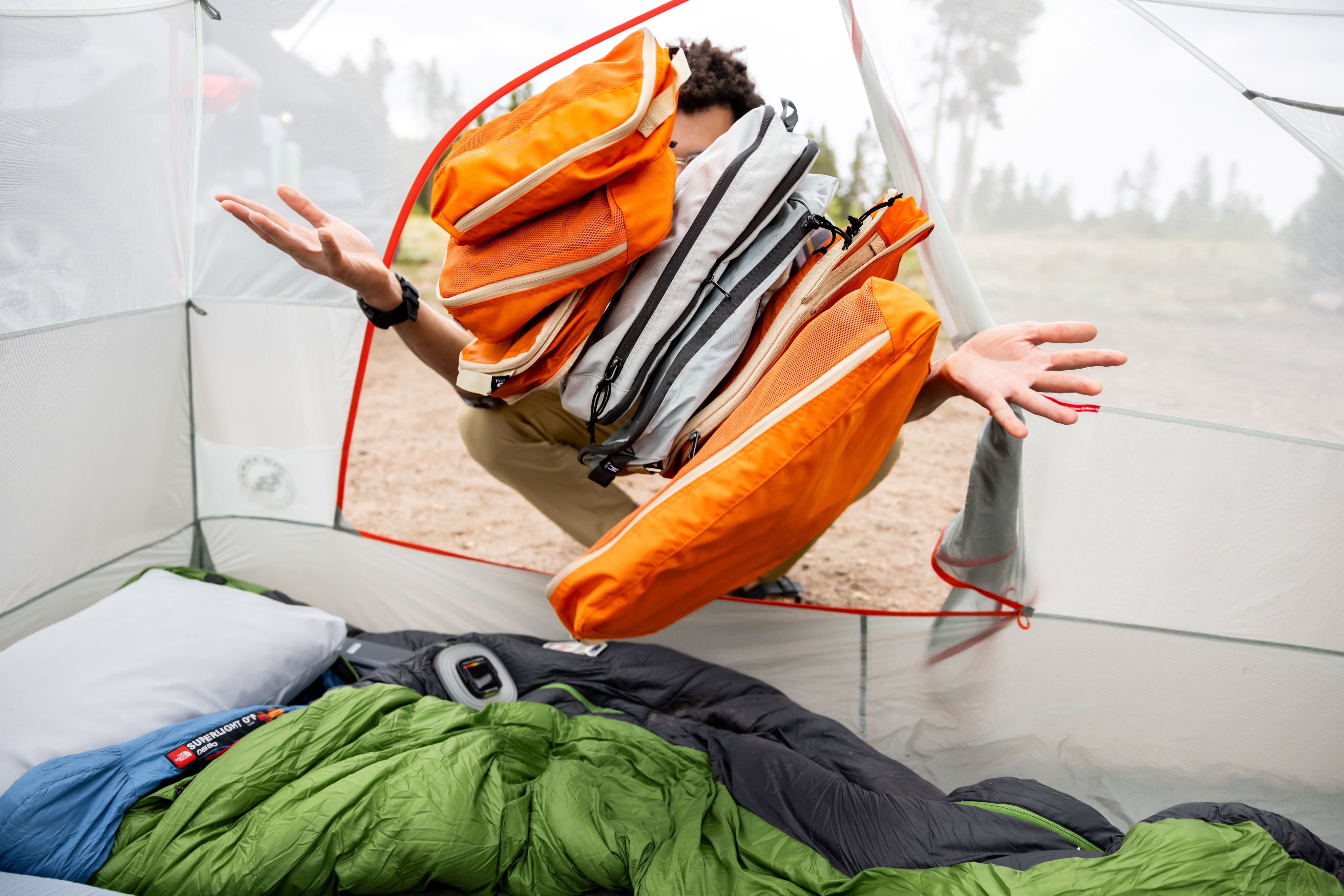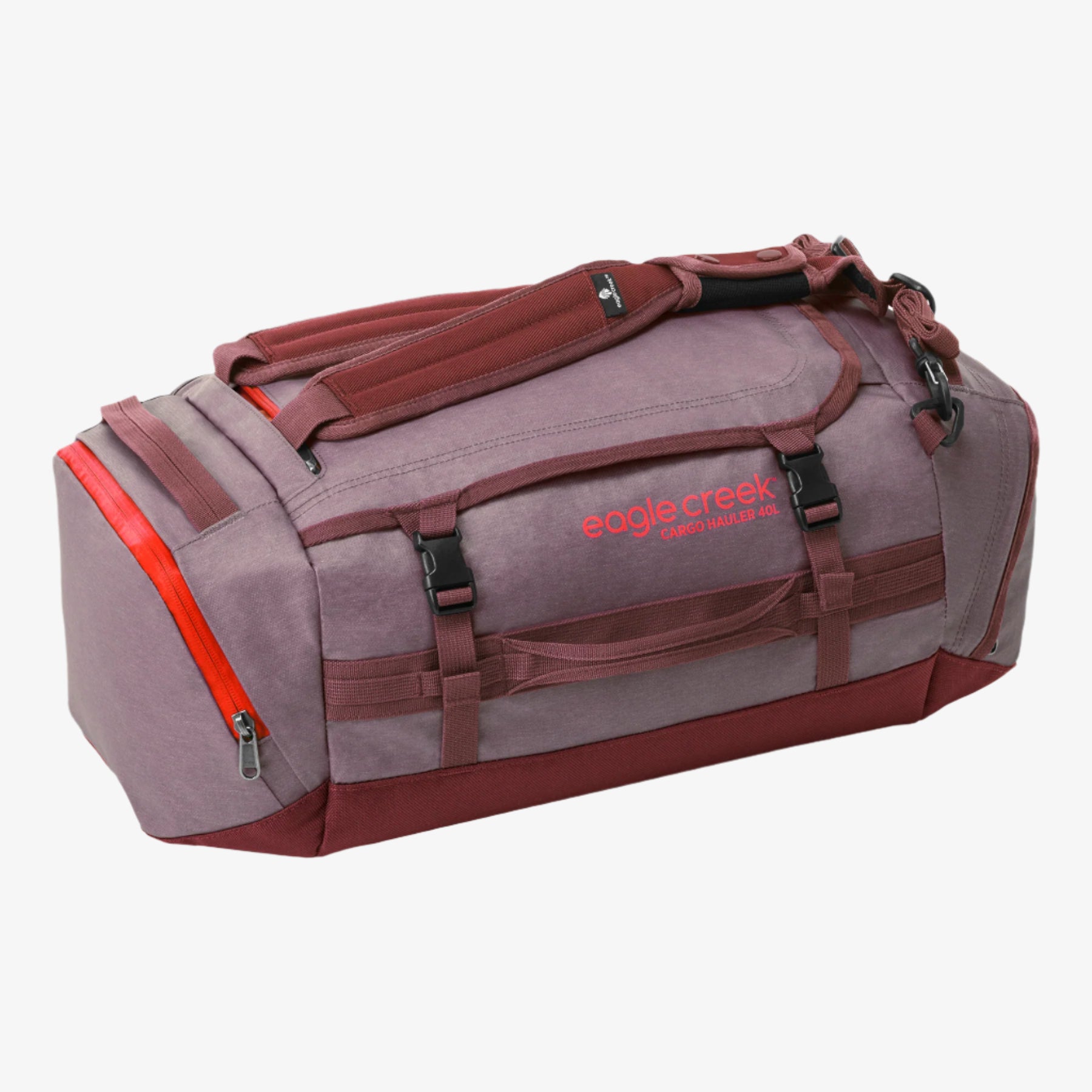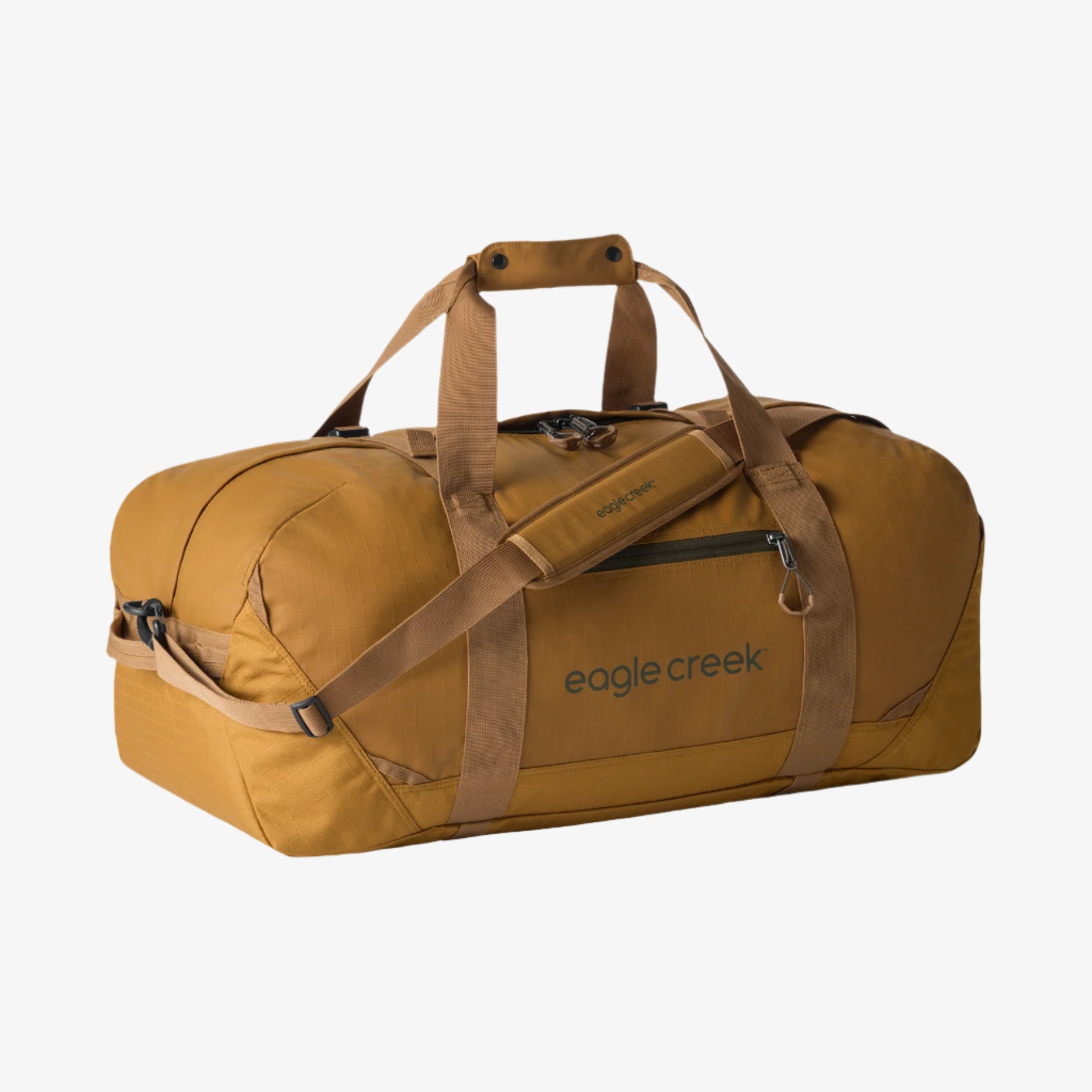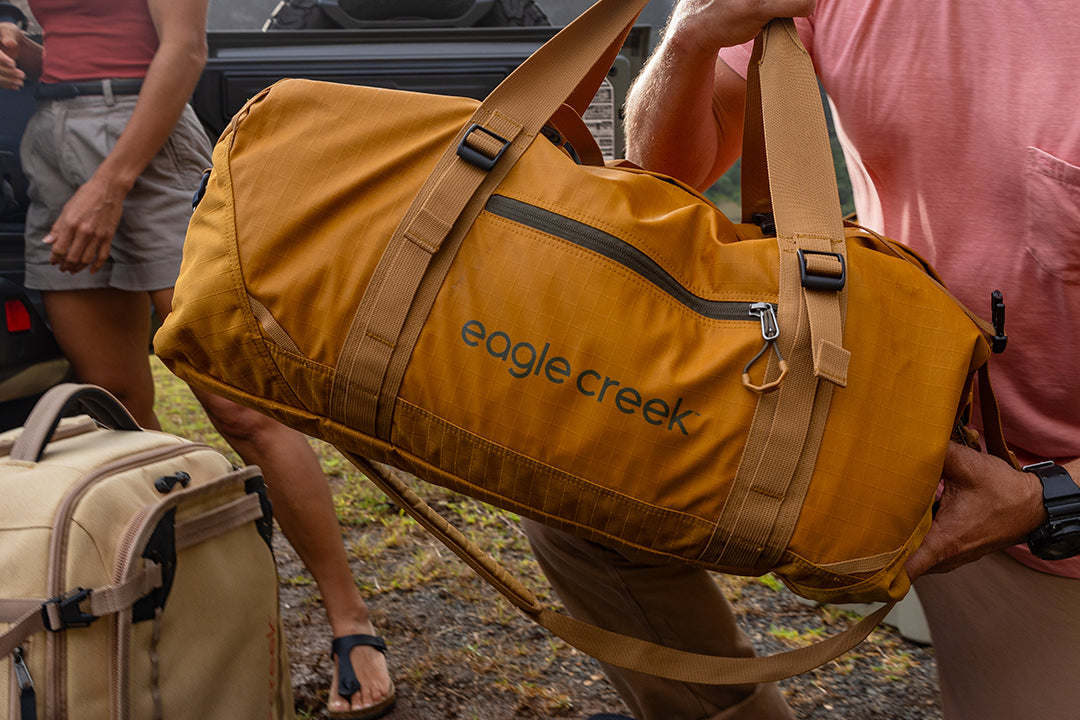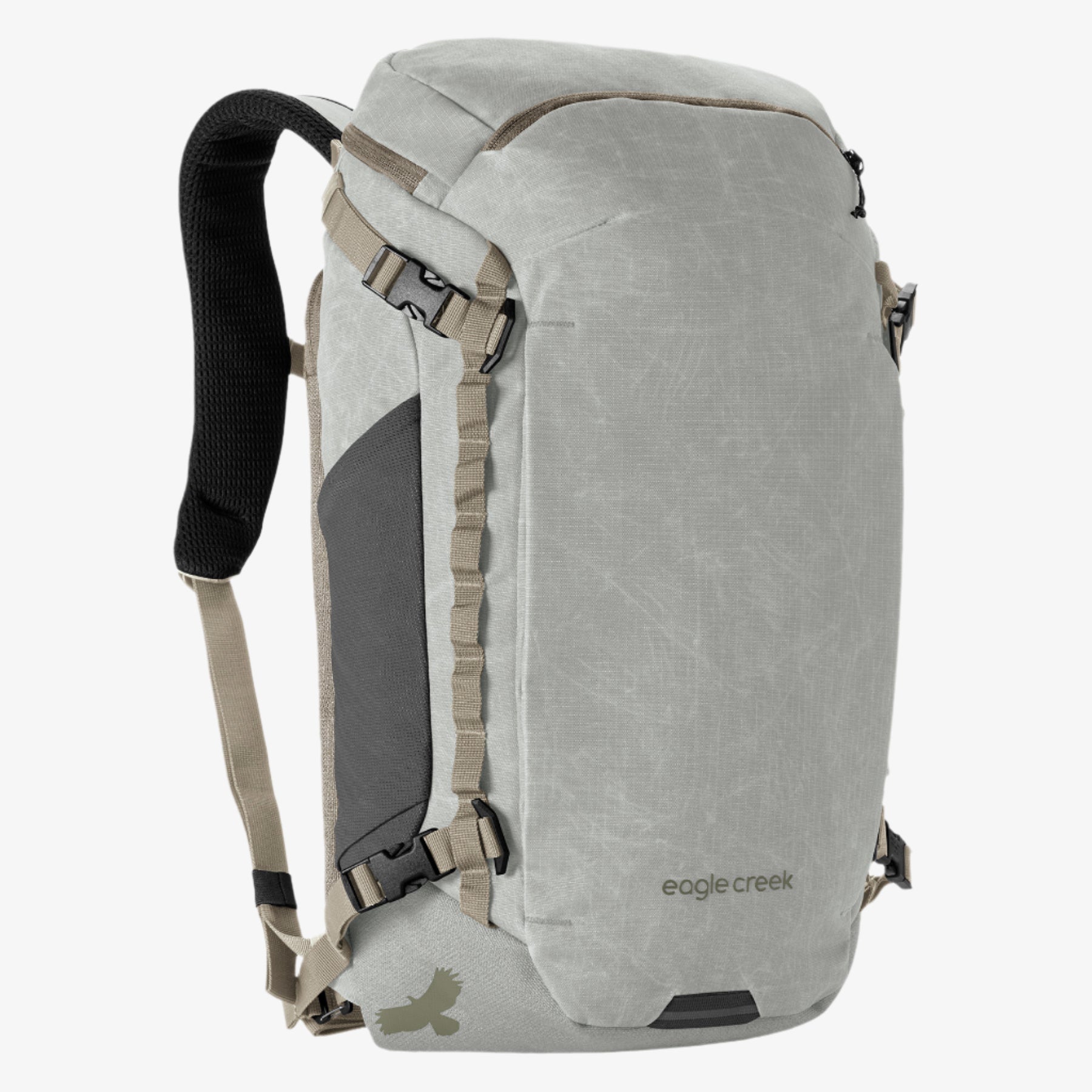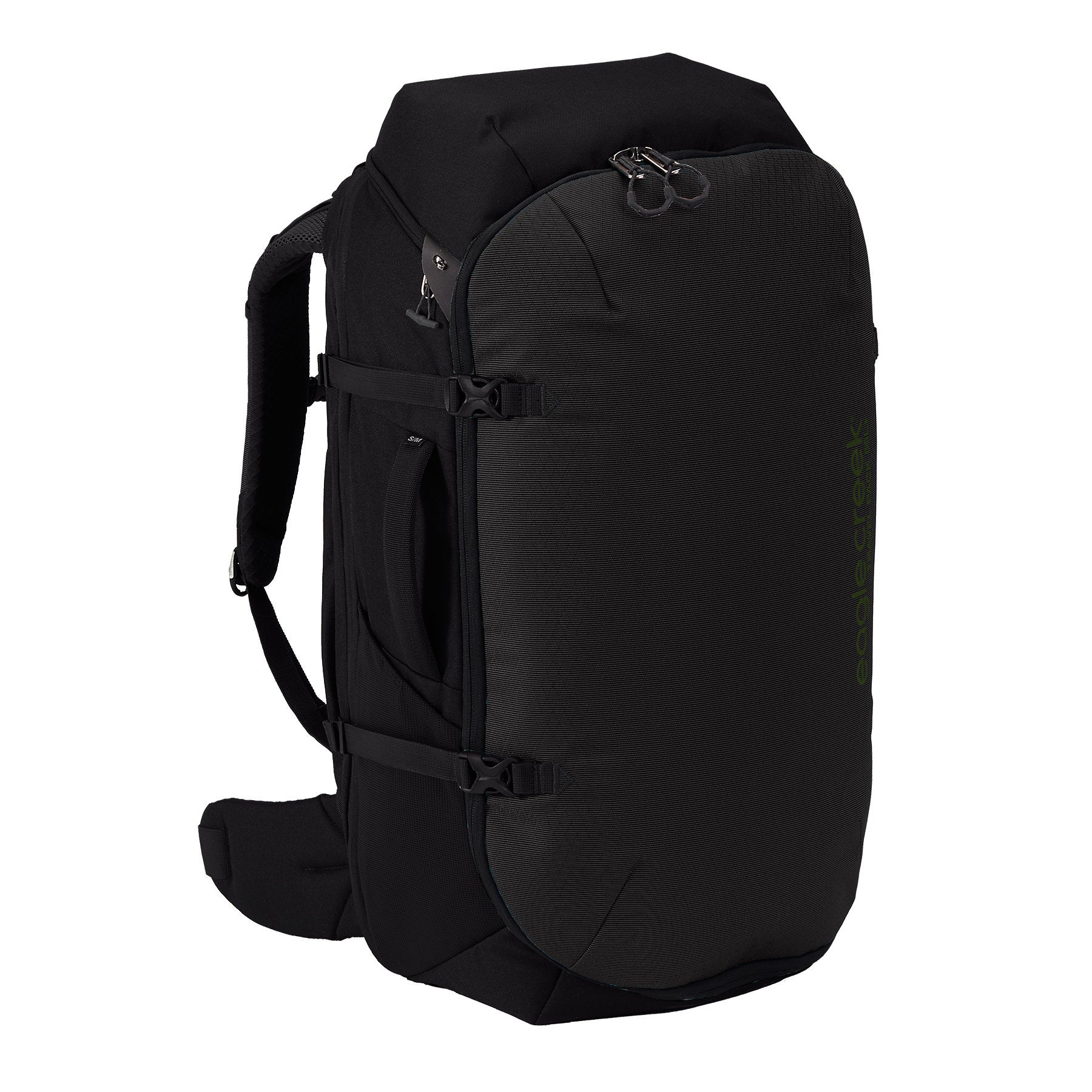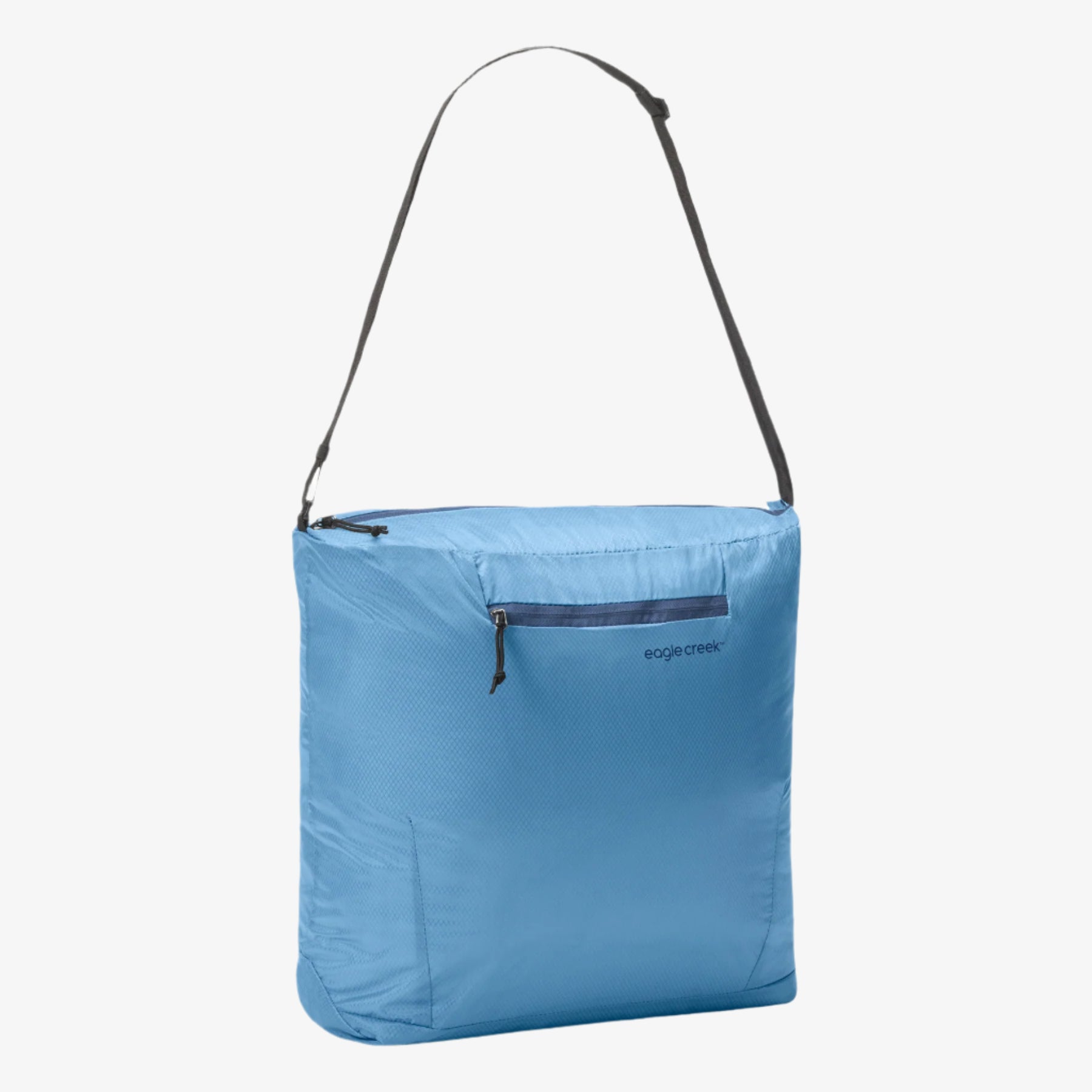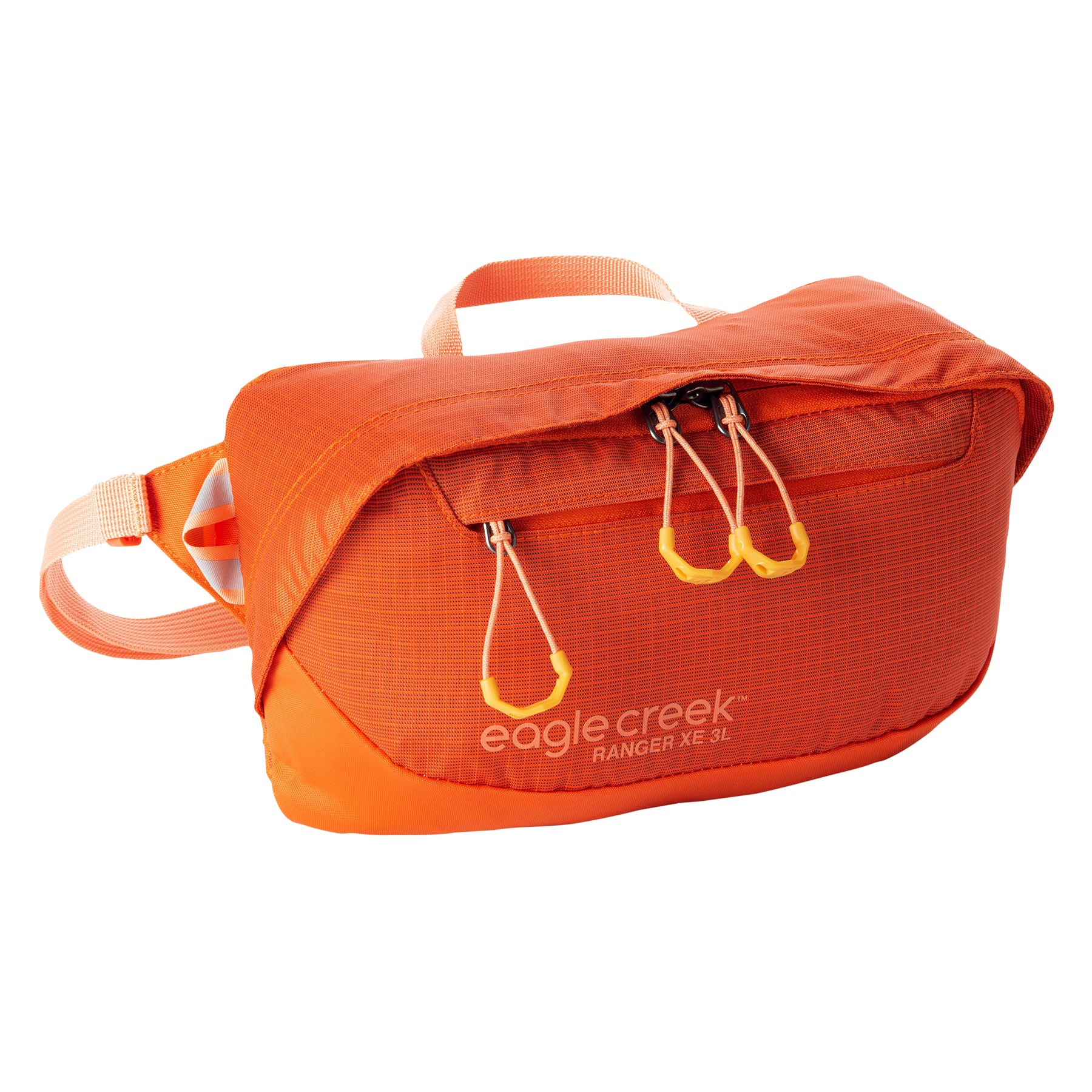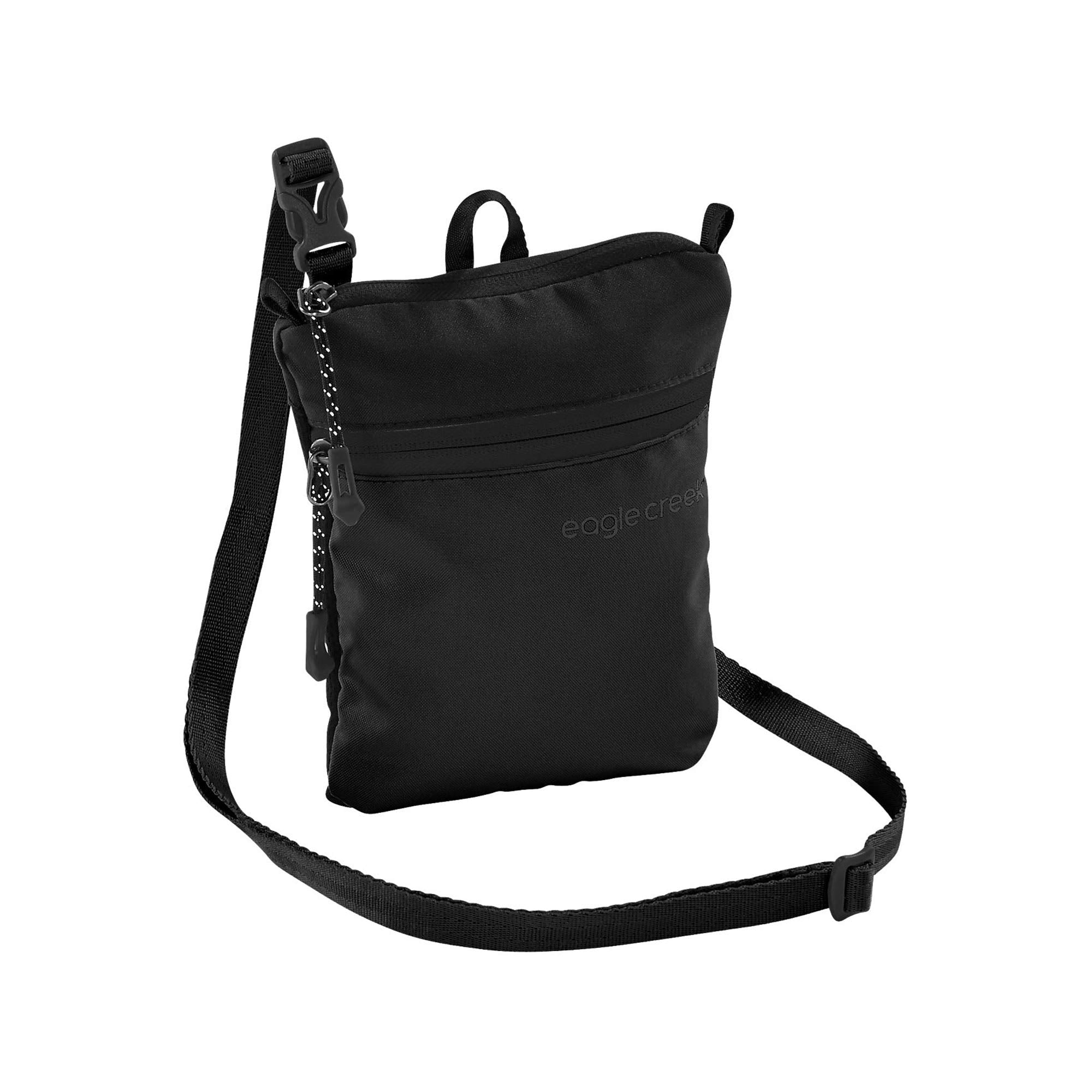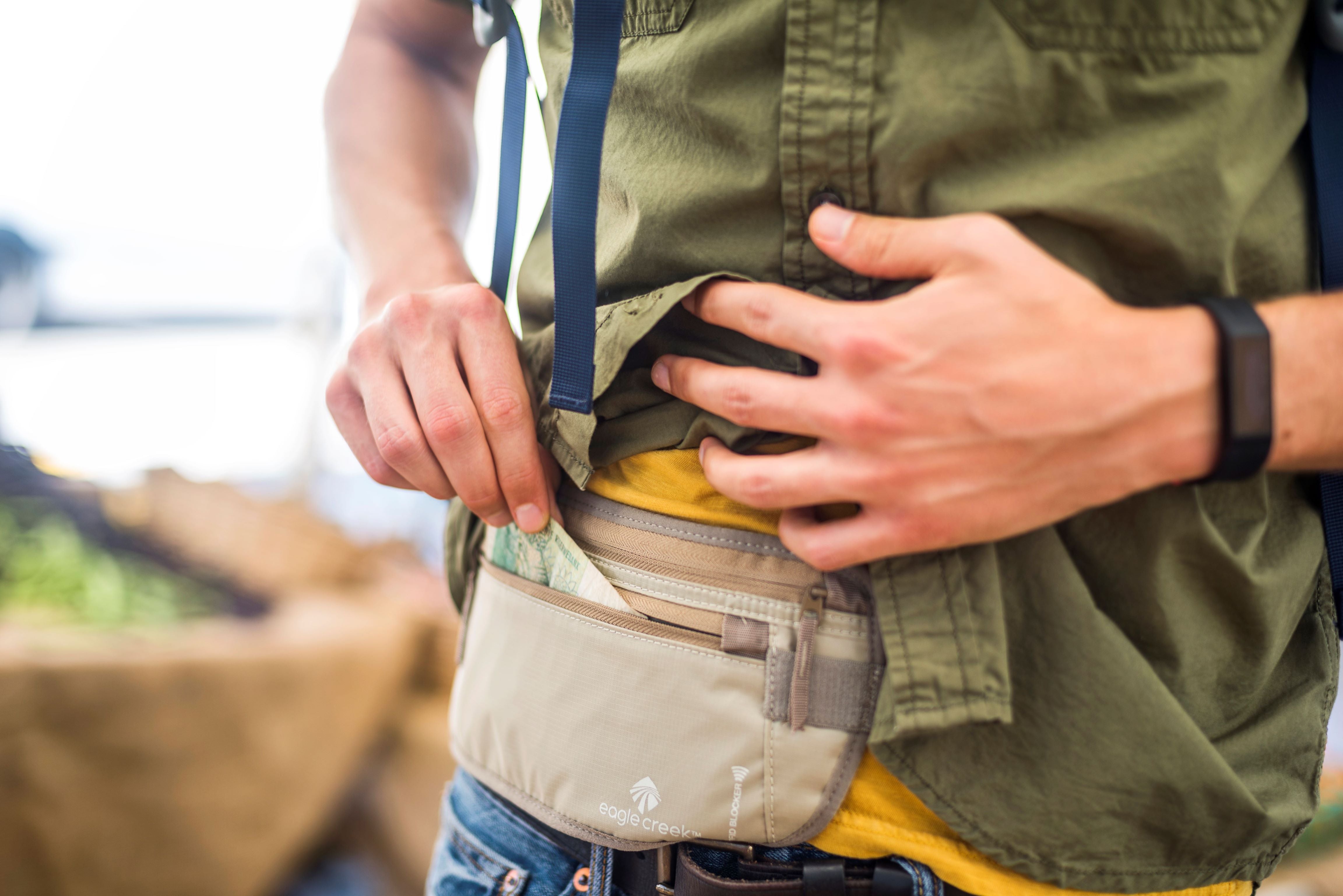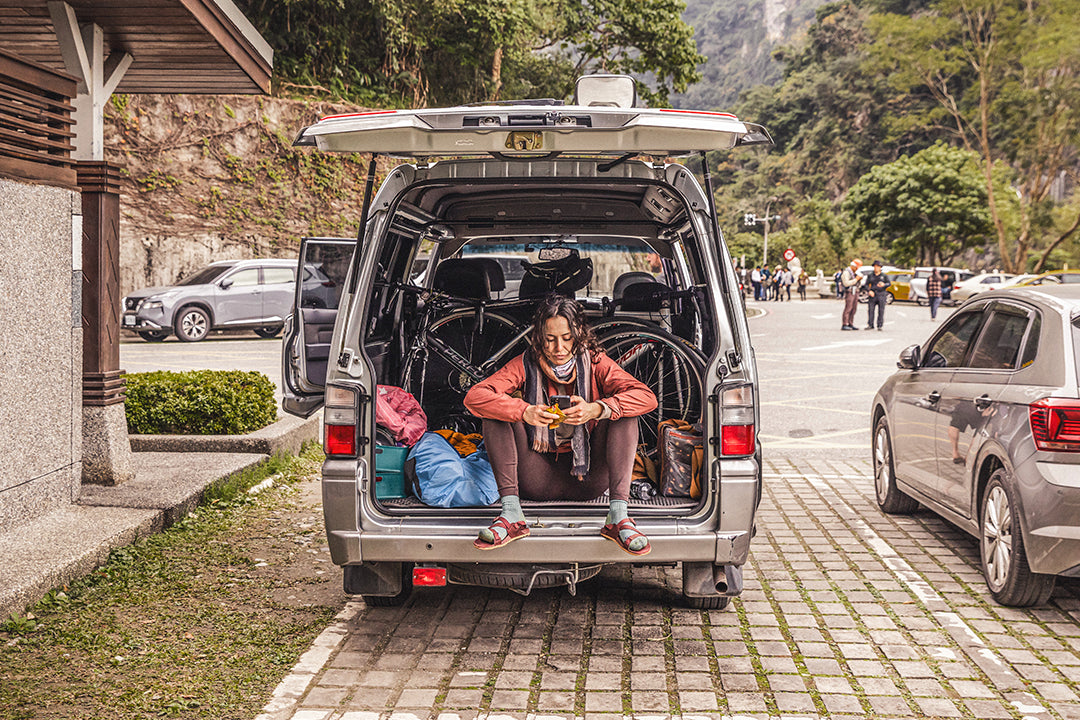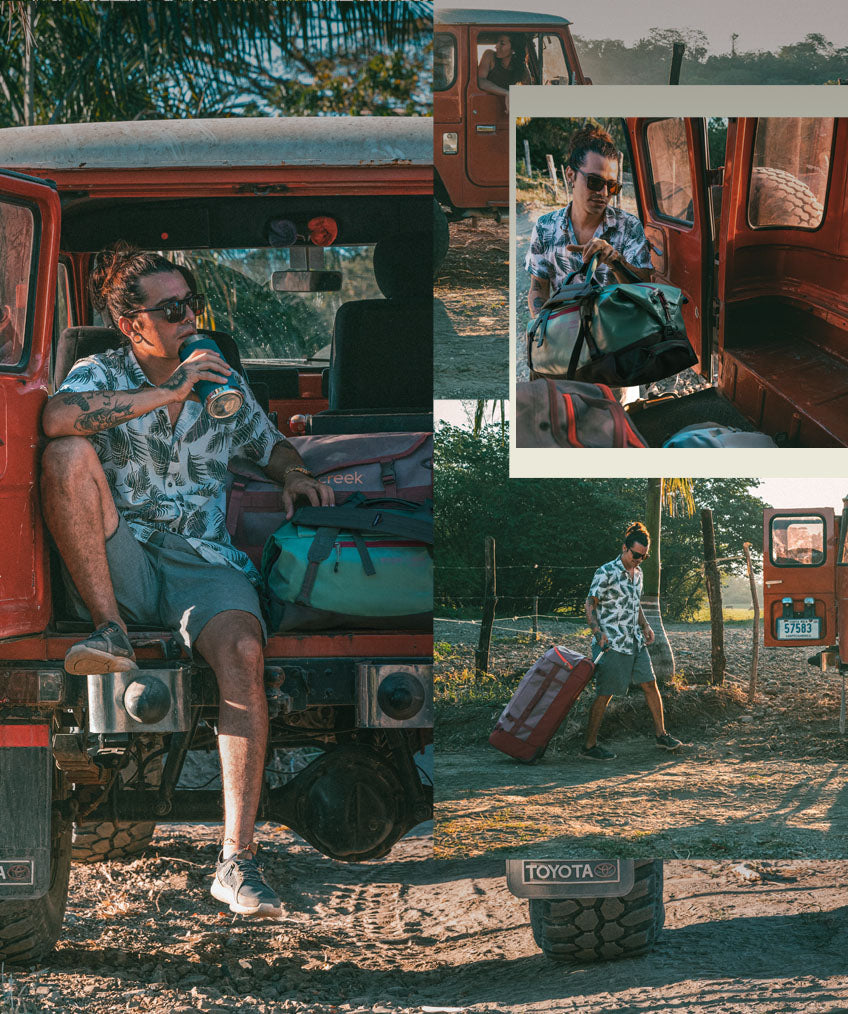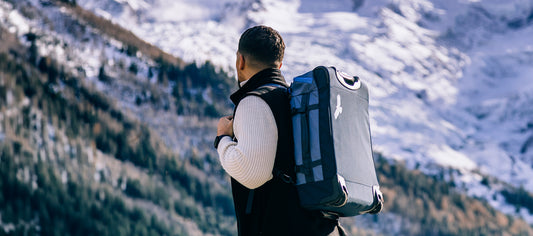Try Something New: Canyoneering
Want an unforgettable adventure? Explore a canyon as you wade, hike, rock climb and rappel through its interior.
Canyoneering goes by many names: canyoning in Europe, river tracing in Asia, and kloofing in South Africa, to name a few. But the sport, which took off in the late 1990s, has become increasingly popular in the United States in recent years, especially in the Southwest. The good news is you don’t necessarily need any special skills or equipment to get started, just a sense of adventure and a willingness to get wet or muddy.
WHAT IS CANYONEERING?
Think of canyoneering as navigating a natural obstacle through a canyon from one point to another. Like any obstacle course, the challenges can be simple—hiking through narrow canyon walls and scrambling over a few rocks—or difficult enough to involve rappelling, rock climbing, and swimming. Depending on the canyon you explore, canyoneering can also involve rafting or even waterfall jumping.
Canyoneering routes range from Class 1 that are entirely on the ground to Class 4 that require lines for climbing and rappelling. Similarly, the routes are ranked by water level with A having little to no water and C having strong currents and waterfalls. A Class 2B route, for example, would likely entail some scrambling and wading through water with light currents.
Risk is also assessed although not always noted unless rated R (risky) or X (extreme). And, sometimes, the routes contain an indication of your time commitment with I requiring only a few hours, III requiring most of the day, and VI requiring two or more days.
No matter how physically fit or adventurous you are, begin with Class 1A trails and work your way up to more technical routes. Use packing cubes to store the gear you collect as your skills advance.
HOW TO GET STARTED
For your first canyoneering experience, find a guide who can assess your skill level and introduce you to local routes. A guide can also direct you to local canyoneering clubs. Join one and work to improve your skills. It also helps to join a rock-climbing gym to hone your skills and build muscles. Having trouble finding a guide? Plan a trip to the Southwest, where you can take classes and explore some of the world’s best canyoneering routes.
As you progress, don’t get too ambitious. You should always stick to trails that are at or below your skill level when you go without a guide, and you should never go alone. Take a friend, and always tell someone where you are going and when you anticipate being back.
Canyoneering is a sport that takes a fair amount of preparation. Before you head out, research the route (watching videos of the route on YouTube can be helpful), read up on the canyon’s current conditions, and check the weather. Canyons are subject to flash floods, which can be deadly. Make sure you’ve packed all necessary equipment, including ropes, belays, and helmet, as well as plenty of water, snacks, and first aid supplies.
WHERE TO GO
Southern Utah and Northern Arizona offer the most opportunities for canyoneering in the United States with Zion National Park considered the ultimate canyoneering destination. Beginners can usually tackle the Zion Narrows (1B IV) without much trouble and a small pack. However, since guides are not allowed within the park, plan to spend a day or two learning basic skills from them before tackling more challenging canyons. Or, hire a guide to lead you on a canyoneering expedition just outside the park.
For a canyoneering experience almost anyone can handle, book a tour of Antelope Canyon in Arizona. The Upper Canyon tour is a flat walk through wavy sandstone walls, but the Lower Canyon tour involves some ladder climbs and strategic navigation. Other area slot canyons get a little more technical. Hire a local guide to get them.
Looking for canyoneering adventures beyond the Southwest? California, Oregon, Washington, and Hawaii have canyoneering opportunities. And, Japan and China are known for their canyoneering, or river tracing, opportunities. Don’t miss South Africa either, where you can zip line and bungee jump in addition to kloofing (canyoneering).
